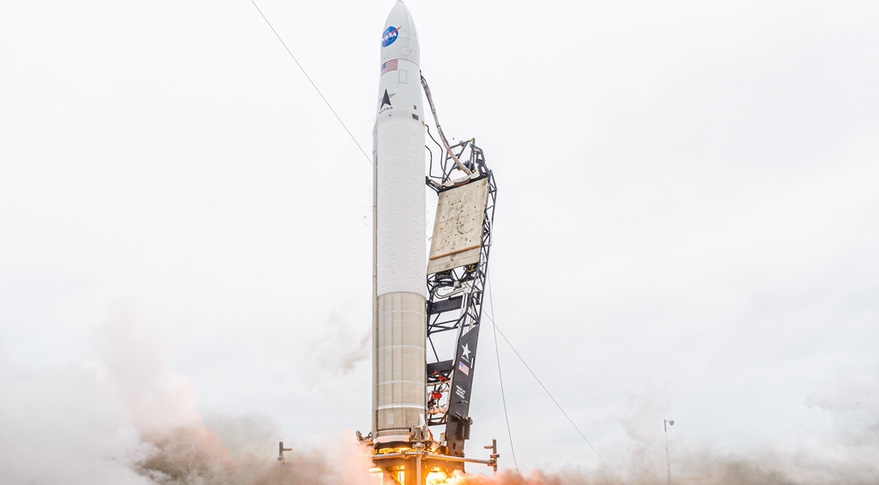WASHINGTON — Astra Space will launch four NASA-sponsored cubesats on its Rocket 3.3 vehicle as soon as Feb. 5 on a mission that will be the first to use a streamlined set of commercial launch regulations.
Astra announced Feb. 1 that it expected to launch its vehicle from Space Launch Complex 46 at Cape Canaveral Space Force Station in Florida on Feb. 5, pending receipt of a launch license from the Federal Aviation Administration’s Office of Commercial Space Transportation, which the company expects by Feb. 4. A three-hour launch window opens at 1 p.m. Eastern, with a backup launch opportunity Feb. 6.
Astra announced Dec. 6 that its next launch would take place from Cape Canaveral after conducting previous launches from Pacific Spaceport Complex – Alaska on Kodiak Island. That included four orbital launch attempts, the most recent of which, Nov. 20, was the first to reach orbit.
This launch will be Astra’s first mission with an operational payload, a set of cubesats on a mission called Educational Launch of Nanosatellites (ELaNa) 41 by NASA. The agency awarded Astra a $3.9 million contract in December 2020 for the launch through its Venture Class Launch Services (VCLS) Demo 2 competition.
“As the first VCLS mission to lift off from Florida’s Space Coast, this launch is ushering in new opportunities for cubesat developers and small class launch vehicle providers,” said Hamilton Fernandez, mission manager supporting NASA’s Launch Services Program, in an agency statement. Launches under previous VCLS contracts took place from New Zealand on Rocket Lab’s Electron and off the California coast by Virgin Orbit’s air-launch LauncherOne system.
Three of the cubesats on ELaNa 41 are from universities. BAMA-1, from the University of Alabama, will test a drag sail designed to rapidly deorbit the satellite. INCA, from New Mexico State University, will carry out measurements to improve space weather models. QubeSat, from the University of California Berkeley, will test how quantum gyroscopes operate in the space environment. A fourth satellite RS-51, is from NASA’s Johnson Space Center and will test a fast and cost-effective way to build cubesats and demonstrate some in-space inspection technologies.
Astra says the launch will be the first licensed under what the FAA calls Part 450, a new set of streamlined commercial launch regulations finalized in October 2020 and which took effect in March 2021. Existing licenses based on earlier regulations were grandfathered in but will gradually transition to the new regulations over several years.
One key element of Part 450 is enabling a single license to cover launches of the same vehicle from multiple sites. Astra said that it took three months to obtain the license and that it expects the license to, “with planned modifications, make it easier for Astra to launch at a higher frequency out of more launch sites in the United States.”
